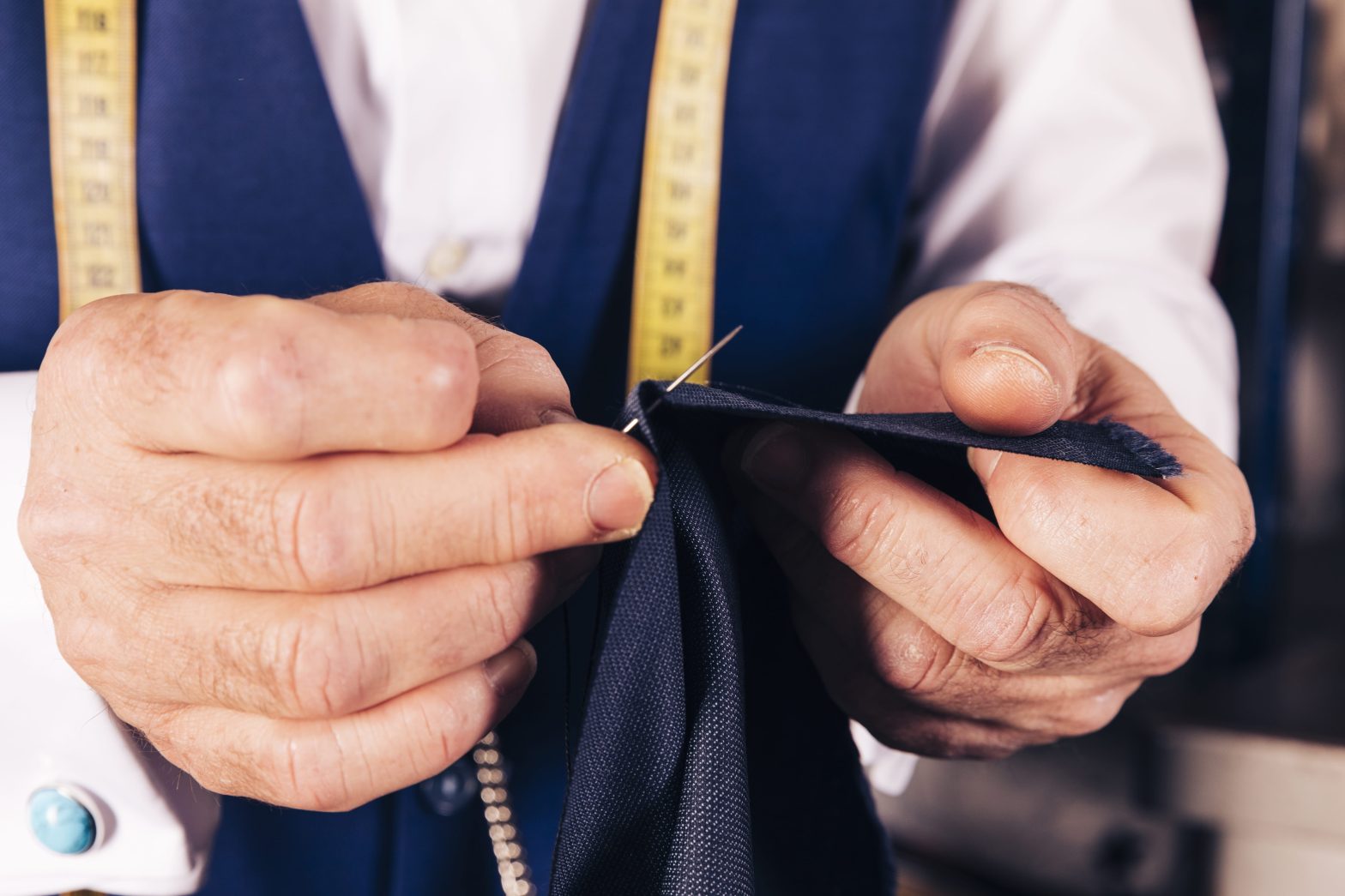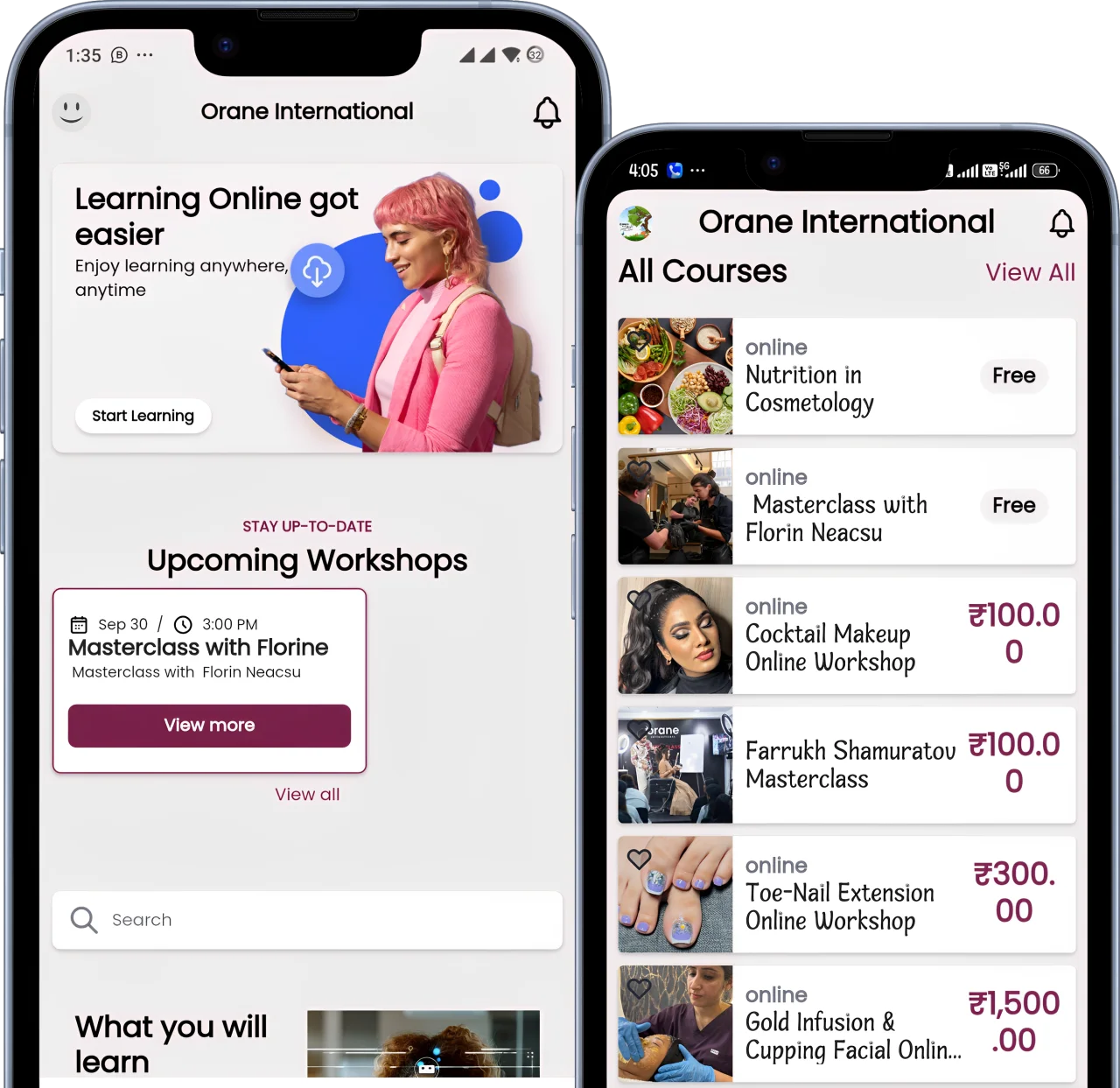Have you ever stitched a garment and wondered why one seam is smooth and flawless while another seems to bunch up and misalign? The secret lies in something many beginners overlook: the needle. Choosing the right needle size is like selecting the perfect brush for a painting—it can elevate your craft or lead to issues in the outcome.
At Orane School of Fashion, Design & Management, we pride ourselves on imparting professional skills that go beyond just sewing techniques. Whether you’re enrolled in our professional diploma courses or advanced-level fashion and tailoring programmes in Chandigarh, we ensure that our students understand every minute detail of their craft. One such crucial element is selecting the right needle size for various fabrics.
In this blog, we will delve into the fascinating world of sewing needles, helping you unlock their potential and master your sewing projects with confidence.
The Importance of Needle Sizes in Sewing
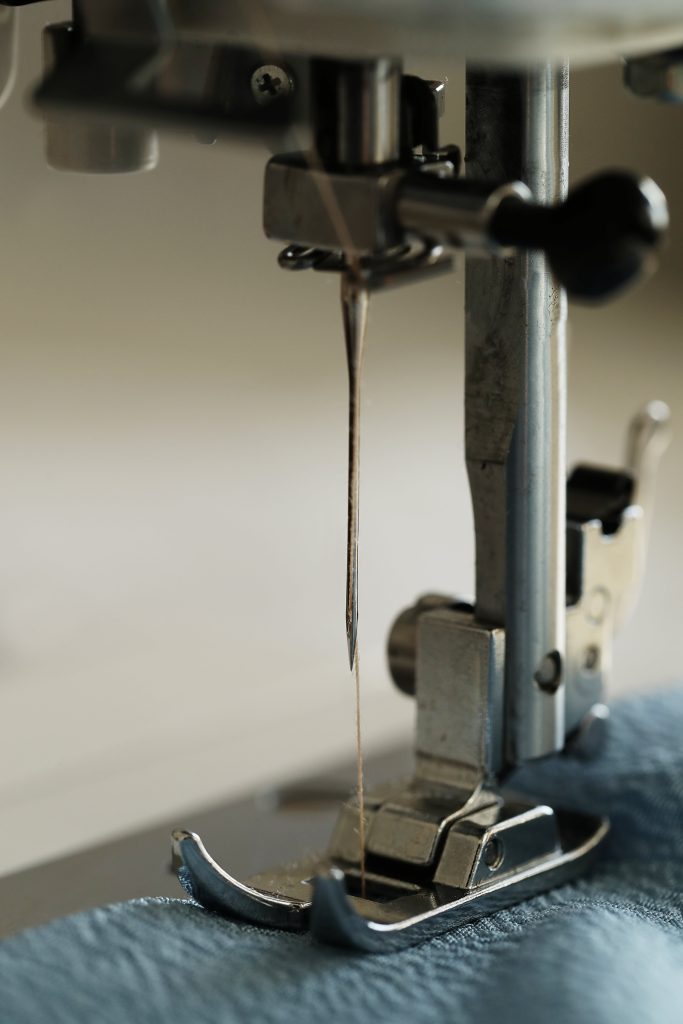
Understanding needle sizes is fundamental for anyone passionate about fashion design or tailoring. Just like a painter wouldn’t use a broad brush for fine details, a fashion designer must choose the correct needle for different fabrics to achieve professional results.
The sizing of needles is typically measured in two ways:
- Metric System: Numbers such as 60, 70, 80, and so on.
- Inch System: Denoted by numbers such as 8, 9, 10, and so on.
The greater the number, the thicker and stronger the needle you will need. This correlation makes it easier to understand why you might use a size 60/8 for delicate fabrics like silk and a size 110/18 for heavy-duty materials like leather or canvas.
Selecting the correct needle ensures consistent stitches, prevents fabric damage, and prolongs the life of your sewing machine. Below, we explore the different types of needles and their specific uses.
Types of Needles and Their Uses
1. Universal Needles
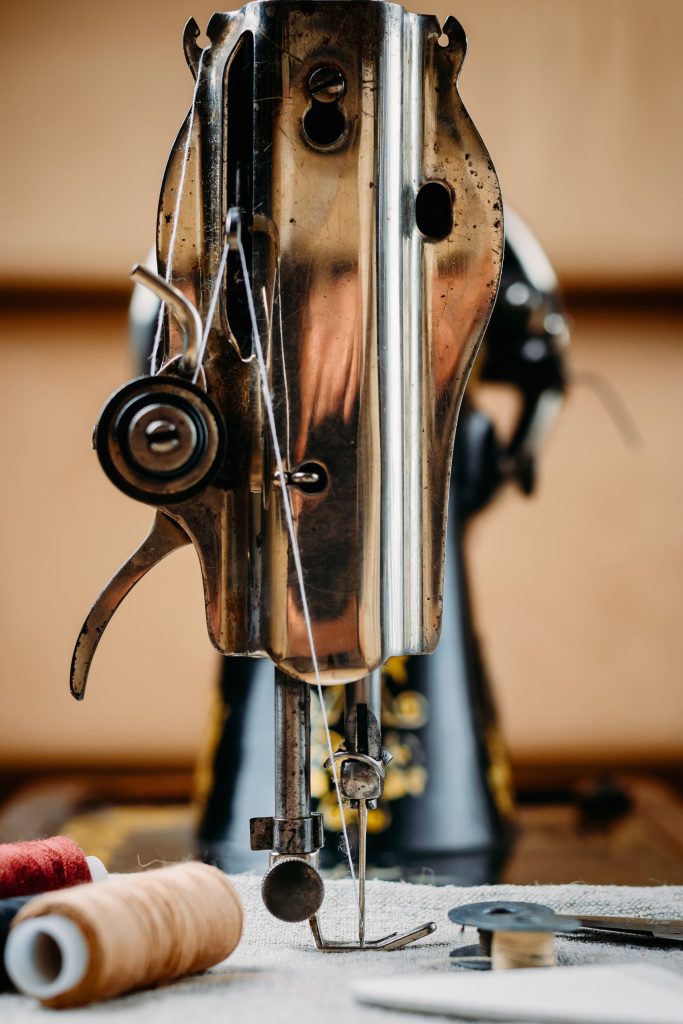
- Sizes: 60/8, 70/10, 80/12, 90/14, 100/16
- Uses: These are the go-to needles for most fabrics like cotton, polyester blends, and linen. The smaller sizes are perfect for lightweight fabrics such as silk and chiffon, while larger sizes handle thicker materials like canvas and denim with ease.
2. Ballpoint Needles
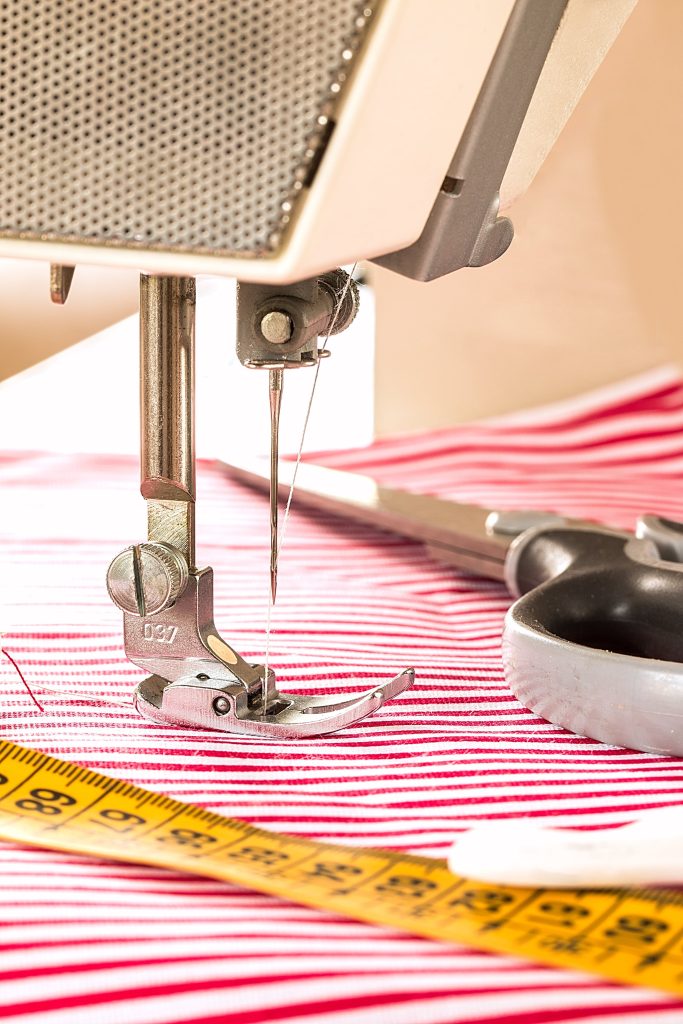
- Sizes: 70/10, 80/12, 90/14
- Uses: The rounded tip of these needles allows them to slip between the threads of knit fabrics without snagging, making them ideal for stretchy materials like jersey, spandex, and other knits.
3. Sharp/Microtex Needles
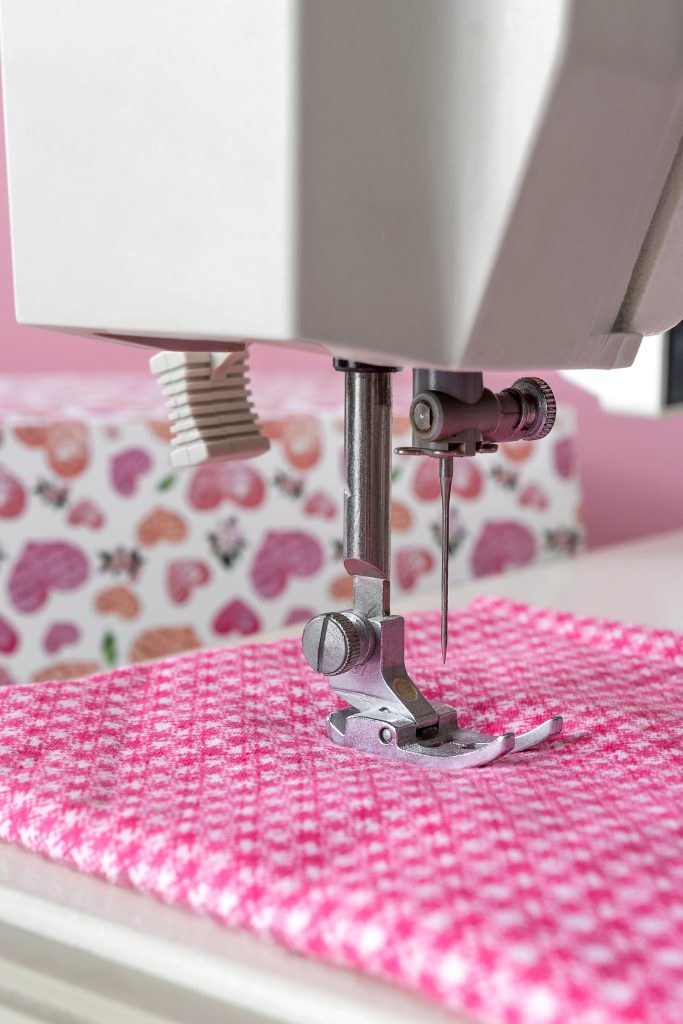
- Sizes: 60/8, 70/10, 80/12
- Uses: These needles feature a fine, sharp point and are designed to pierce through tightly woven fabrics. They’re perfect for delicate, high-thread-count materials like silk, microfiber, and taffeta.
4. Jeans/Denim Needles
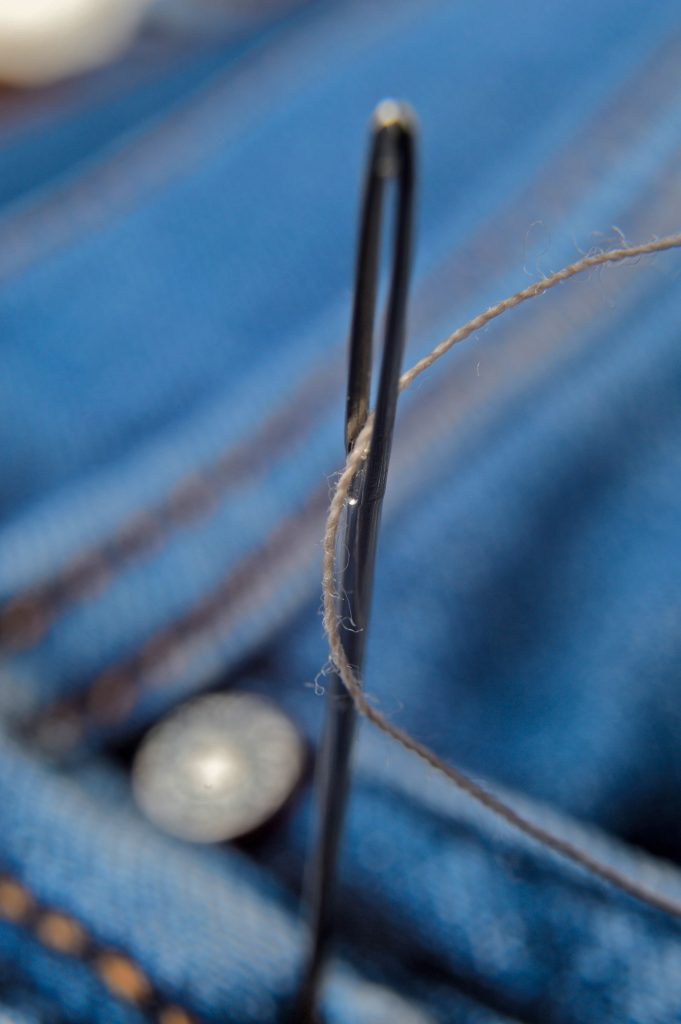
- Sizes: 90/14, 100/16, 110/18
- Uses: These heavy-duty needles come with a reinforced shaft to tackle dense fabrics like denim, canvas, and upholstery materials. They ensure smooth sewing without frequent needle breakage.
5. Quilting Needles
- Sizes: 75/11, 90/14
- Uses: Quilting needles’ tapered point allows them to glide through multiple layers of fabric and batting, making them perfect for quilting and patchwork projects.
6. Embroidery Needles
- Sizes: 75/11, 90/14
- Uses: These needles have a larger eye to accommodate thicker embroidery threads. Their specially designed point reduces thread breakage, making them suitable for machine embroidery on fabrics like cotton, linen, and lightweight knits.
7. Topstitch Needles
- Sizes: 80/12, 90/14, 100/16
- Uses: These needles feature a larger eye and deeper groove to work with thicker topstitching threads, creating bold and decorative stitching. They are ideal for topstitching details on garments like jeans and jackets.
8. Leather Needles
- Sizes: 90/14, 100/16
- Uses: Leather needles are equipped with a cutting point to penetrate tough materials like leather, suede, and vinyl. These needles cut cleanly through the fabric without causing any damage to the material.
Tips for Choosing the Right Needle
- Know Your Fabric: The fabric you are working with determines the needle size. Thinner fabrics require smaller needles, while heavier fabrics need larger ones.
- Match Your Thread: The thickness of your thread should align with the needle’s eye size. If the thread is too thick for the needle, it can cause breakage or uneven stitching.
- Test Before You Sew: Before starting your project, always test your needle and thread on a scrap piece of fabric. This will allow you to adjust the tension and check for any potential issues.
Why Needle Knowledge Matters in Fashion Design
At Orane, we often emphasise that mastering needle selection can drastically improve the quality of your garments. From avoiding puckering in lightweight fabrics to ensuring seamless stitching in thicker materials, understanding the role of needle sizes equips you with the precision needed to elevate your designs.
Our fashion courses don’t just teach you how to sew; they empower you to make informed choices in every step of the garment construction process. By having the right needle for the job, you can ensure every stitch is perfect, every seam strong, and every design professional.
Conclusion
Selecting the correct needle for your project is as vital as choosing the right fabric or thread. Each needle serves a unique purpose; understanding these nuances will enhance your sewing projects and preserve the longevity of your fabrics and sewing machine.
At Orane School of Fashion, Design & Management, we take pride in our comprehensive curriculum that equips students with practical skills, in-depth knowledge, and the confidence to thrive in the fashion industry. If you’re passionate about fashion and eager to refine your sewing skills, consider joining our diploma or advanced fashion courses. Let us guide you towards a successful career where every stitch counts.



